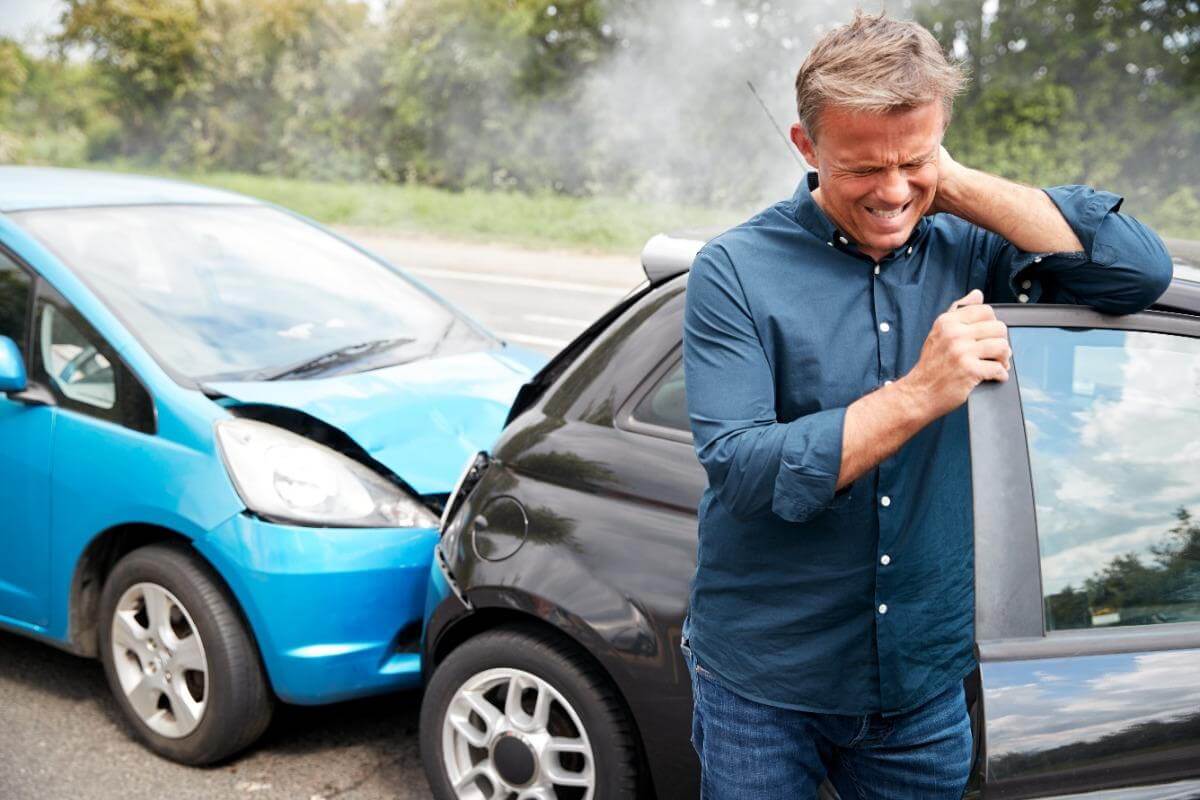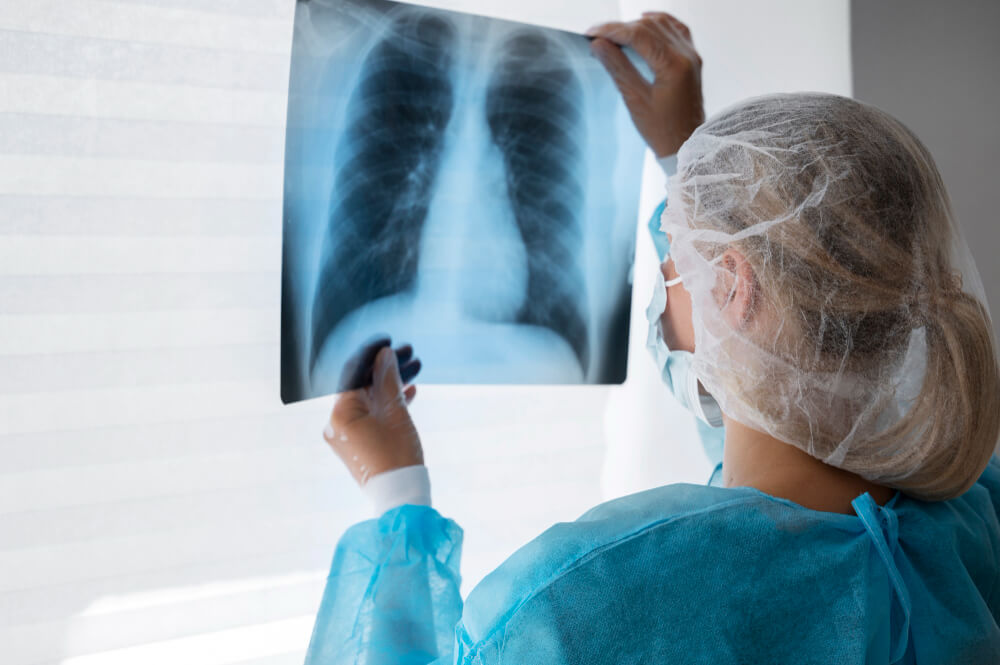Beyond the Bump: The Hidden Dangers of Internal Bruising After Auto Accidents
The shock and adrenaline surge following a car accident can mask the true extent of your injuries. While cuts, scrapes, and broken bones might be immediately evident, internal injuries like bruising can develop silently, posing a significant health risk. This article explores the dangers of internal bruising after auto accidents and emphasizes the importance of seeking medical attention even if you feel seemingly okay.
Understanding Internal Bruising: Causes and Consequences
Blunt Force Trauma and Internal Damage:
Car accidents involve sudden and forceful impacts. These forces can damage internal organs, blood vessels, and tissues, leading to internal bleeding and bruising.
Commonly Affected Organs:
Internal bruising can occur in various organs, including:
- Abdomen: Liver, spleen, kidneys, intestines
- Chest: Lungs, heart
- Head: Brain
The Silent Threat of Internal Bruising:
Unlike external bruises, internal bruising might not immediately show visible signs like swelling or discoloration. The potential for delayed symptoms makes internal bruising a hidden danger after an auto accident.
Recognizing the Warning Signs: When to Seek Medical Attention
Early Signs and Symptoms:
While symptoms of internal bruising can vary depending on the location of the injury, some common early signs include:
- Abdominal pain: Severe or persistent pain in the abdomen, especially upon movement or coughing.
- Chest pain: Sharp pain in the chest, difficulty breathing, or coughing up blood.
- Nausea and vomiting: Persistent nausea and vomiting can indicate internal bleeding.
- Headache, dizziness, or confusion: These could signal head injury or bleeding in the brain.
- Unexplained weakness or fatigue: Feeling unusually weak or tired after an accident can be a warning sign.
Don’t Wait for Symptoms to Appear:
Even if you don’t experience any immediate symptoms, it’s crucial to seek medical attention after a car accident. Internal bleeding can worsen over time, and early diagnosis is critical for successful treatment.
Diagnosis and Treatment of Internal Bruising After Auto Accidents
Medical Evaluation and Diagnostic Tests:
Upon arrival at the hospital, a doctor will perform a thorough physical examination and inquire about your accident details and any symptoms you might be experiencing. Diagnostic tests, such as X-rays, ultrasounds, or CT scans, might be ordered to confirm internal injuries and assess the extent of the damage.
Treatment Options:
Treatment for internal bruising depends on the severity and location of the injury. In some cases, close monitoring with pain medication might be sufficient. However, more serious cases might require hospitalization, blood transfusions, or even surgery to repair damaged organs.
Prioritizing Your Health After an Auto Accident: Recovery and Beyond
Follow Doctor’s Instructions:
Following your doctor’s instructions for rest, medication, and physical limitations is crucial for optimal healing after internal bruising.
Seek Legal Counsel (Optional):
Depending on the circumstances of your car accident, seeking legal counsel can help ensure you receive appropriate compensation for your injuries and medical expenses.
Taking Care of Your Emotional Wellbeing:
Car accidents can be emotionally traumatic. Consider seeking support from therapists or counselors to manage stress and anxiety.
Prioritizing Your Health After a Collision
By understanding the dangers of internal bruising and the importance of seeking medical attention after a car accident, you are taking a proactive step towards your health and well-being. Don’t hesitate to seek professional medical evaluation, even if you feel okay. Early diagnosis and proper treatment can significantly improve healing outcomes and ensure a full recovery. Remember, prioritizing your health is paramount after any auto accident.


